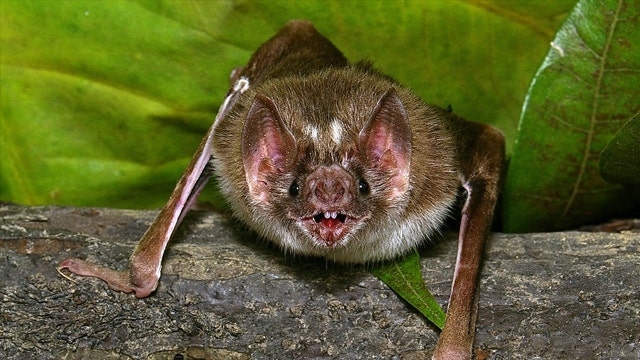In a recent episode that has garnered significant attention, a family of twelve—comprising six adults aged between 42 and 49, and six children ranging from 8 to 16—returned to their homes in the United States feeling quite unwell after a trip to Costa Rica. Their visit included a tour of the Venado Caves, a popular destination known for its stunning caves but also its potential health risks. The family’s predicament became part of a broader public health discussion when they were diagnosed with histoplasmosis, a fungal infection noted by the Centers for Disease Control and Prevention (CDC) as primarily affecting the lungs.
The story unfolds with a notification sent to the CDC on January 17, 2025, from a physician in Georgia. This communication was prompted by several health concerns surrounding the family members, who reported various symptoms consistent with histoplasmosis following their cave expedition. Notably, there had been previous outbreaks associated with the Venado Caves, linking this particular tourist site to a larger health issue.
In total, the family had traveled during the festive period from December 21 to December 28, with only twelve of the thirteen members—those who had explored the cave—diagnosed with the illness. Histoplasmosis is caused by the Histoplasma organism, found typically in environments contaminated with bat or bird droppings. These micro-organisms can be inhaled, leading to respiratory issues that are sometimes mistaken for other health conditions, as illustrated by the dramatic case of one adult family member who was hospitalized after a concerning chest X-ray raised alarms about the possibility of lung cancer.
Symptoms presented by the affected family members included headaches, malaise, fever, night sweats, muscle aches, and a variety of respiratory and gastrointestinal issues. Interestingly, symptoms appeared 8 to 19 days after exposure, aligning with typical incubation periods for such infectious diseases. Thankfully, after a rigorous 28 days of recovery, all affected individuals returned to full health, highlighting both the resilience of those who contracted the disease and the efficacy of medical treatment available.
The Venado Caves, while a visually striking tourist attraction, have a tumultuous history concerning health. They were also at the center of a histoplasmosis outbreak from 1998 to 1999, which impacted 51 individuals and prompted a rapid response from health officials. In light of this ongoing risk, the CDC has taken proactive measures. They collaborated with both the U.S. Embassy in Costa Rica and the Costa Rican Ministry of Health to ensure that health warnings are effectively communicated. The integration of histoplasmosis risk information into the waiver forms required for cave tours is a significant step toward enhancing tourist safety.
Additionally, to further inform the public of potential hazards, a health alert was issued by the U.S. Embassy in Costa Rica in March 2025, elucidating the risks associated with cave tours and the possibility of contracting histoplasmosis.
This alarming incident serves as a crucial reminder about the health risks associated with outdoor recreational activities, such as caving, particularly in areas known for specific fungal infections like histoplasmosis. It underscores the necessity for travelers to be informed and vigilant regarding their environments, especially when those environments may harbor health threats.
Ultimately, this cautionary tale illustrates the importance of public health communication and preventative measures in tourism, as well as the ongoing efforts of health organizations to keep travelers safe. Those planning adventures in nature should remain aware and take necessary precautions to ensure a fun and healthy experience, whether that includes staying updated on health alerts or simply being more informed about the risks associated with the activities they enjoy.



